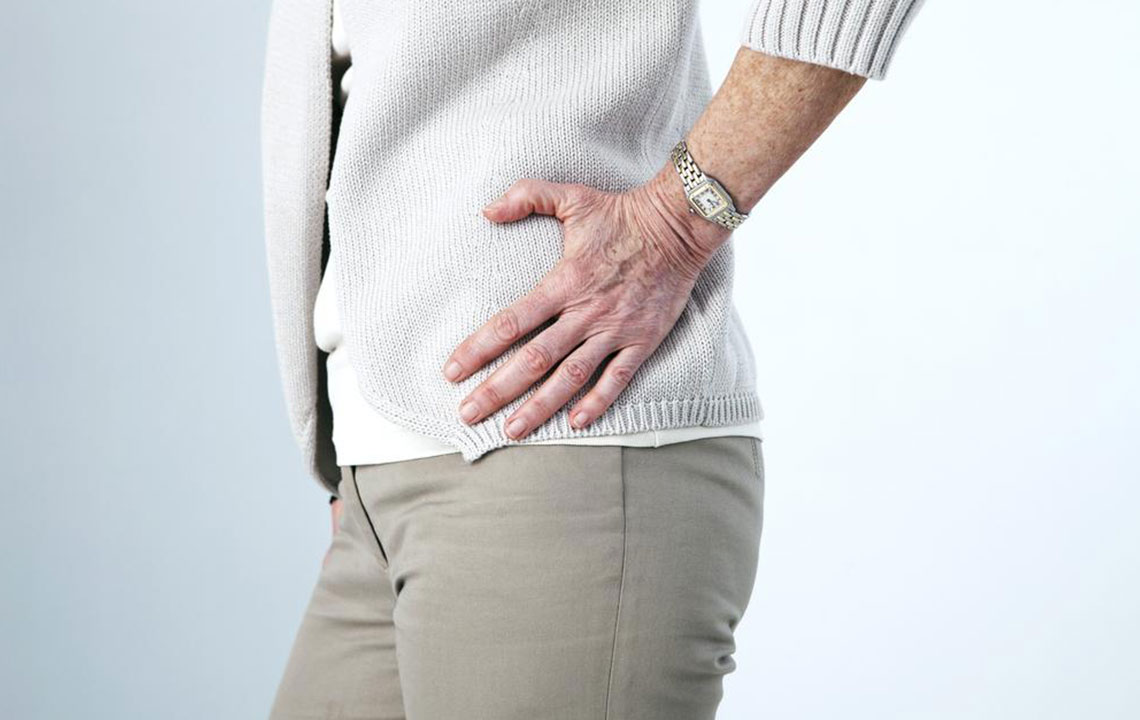7 Effective Methods for a Faster Relief from Hip Bursitis

There are two important bursae in your hip, namely ischial and trochanteric. One is present near the edge of the thighbone, and the other is found near the pelvic bone. If you have any feelings of stiffness or any pain, in this area, there is a fair chance that your bursae are inflamed. This condition is known as hip bursitis. Hip bursitis is mostly mistaken for arthritis, but it’s not the case. It is also not one of the causes for joint pain.
Causes of hip bursitis
This condition can be due to a strain or injury. There are certain cases where the hip bursae are sometimes affected by bacteria. If that is the case, it is known as septic bursitis, and it is not very common among individuals.
Once you’re affected, almost all day-to-day activities become difficult. That includes climbing stairs and even bending. If you’re someone who is looking for relief from hip bursitis, then you should try the following methods.
- Regular Exercising
Exercising every morning can activate your muscles and make them flexible. There are a lot of exercises that help in improving the condition. One of them is the following one:
Lie down on your back, keeping your legs bent and your feet flat on the floor. Then raise your buttocks from the ground. This helps in tightening your abdominal muscles and also activates your hip. You should hold your body in this position before you bring it down. You can do two or three sets with ten repetitions every day, and gradually increase in numbers. - Usage of ice at the affected area
One of the best ways of treating hip bursitis is by placing ice cubes on the affected area. You can do so by taking a couple of ice cubes wrapped in a cloth and then placing it directly on the affected area for 10 to 15 minutes.
Many patients feel more comfortable after doing this activity at intervals. It helps in lowering the inflammation and aids in soothing the pain which further gives relief from hip bursitis. - Strengthening Your Thighs
One of the muscle groups that help in supporting your hips is your inner thighs. Try the following exercise for strengthening your thighs. Lie on your back and then place a ball between your knees and start squeezing them. Balls that are of the soccer ball size will be ideal for this. You can also take hard cylinder pillows for this exercise. Try to do two to three sets with ten repetitions each.
You can also work on your outer thighs for building the muscles. You can do this simple exercise by lying on the side where you don’t have any pain and then lift the other leg up, in a scissor position for about two to three seconds.
You can do three sets with ten repetitions. Try to do it on the other leg also, but stop immediately if it pains too much because you can worsen the condition. - Taking A Hot Bath
If you have pain, bathing in warm water will offer relief. A hot shower doesn’t only soothe the pain but also helps in reducing the inflammation. This gives the patient relief from hip bursitis. - Stretching
Stretching is great way to recover from hip bursitis. You can do stretching exercises in a number of ways. You can kneel on the painful leg, and maintain that posture for some time, for an effective and quick relief. - Swimming
If you’re someone who knows swimming, then you’re lucky. Many studies suggest that swimming is one of the most efficient activities that can help in relieving pain from hip bursitis. The best part about exercising in water is that they activate your muscles without putting too much pressure on them. - Avoiding High-Intensity Activities
People who walk, jog or jump often and indulge in high-intensity work should pay close attention to the hip movement. Doing any of this kind of high-intensity activities can simply worsen the condition. Avoid climbing the stairs at a fast pace, use the elevators instead.
Listen to your body. You should stop doing activities that can aggravate your pain. If you’re accustomed to doing an exercise daily, you should probably check if your hip hurts while doing that exercise. If you experience sharp shooting pain, stop doing that exercise immediately.
You can prevent hip bursitis by not straining your hips. If you continue the activity, there can be severe repercussions for the same. Always warm up before doing any exercise. Take good care of your hips to bid goodbye to hip related problems. Also, ensure that once you have been detected for hip bursitis, follow the remedies as mentioned above that will give you relief from the pain.
All the above-recommended methods work for mild cases of bursitis. If you have severe pain, you should consult a therapist immediately.


